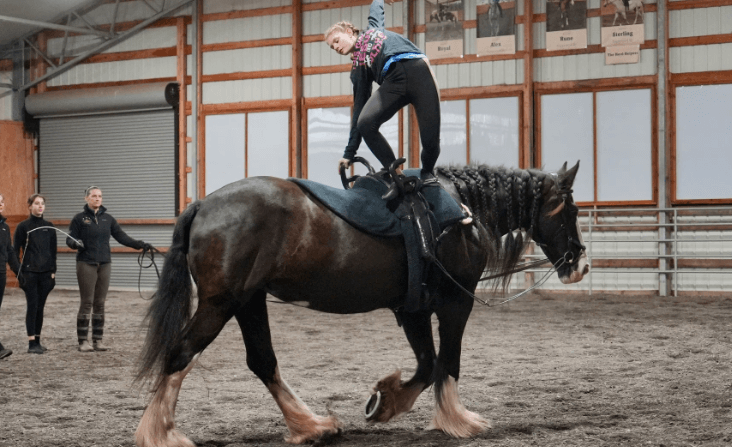What are the different types of jumps in cross-country riding?

Cross-country riding is a thrilling equestrian event where both horse and rider navigate a course of natural and man-made obstacles. Each type of jump presents unique challenges, requiring skill, courage, and teamwork. In this article, we explore the different types of jumps commonly found in cross-country courses and what makes each one distinct.
Introduction to Cross-Country Riding
Cross-country riding is a key phase in three-day eventing, testing the speed, endurance, and jumping ability of the horse, along with the rider’s knowledge and timing. This discipline emphasizes the natural aspects of the course, often set over varied terrain including hills, water, and wooded areas.
Log Jumps
One of the most basic and commonly encountered jumps, log jumps are exactly what they sound like—solid logs placed over the path. These jumps are a great starting point for beginners due to their simplicity and the lower risk they pose.
Stone Walls
Stone walls mimic traditional farm walls and are built using natural or fabricated stones. These jumps are imposing and test the bravery of the horse and rider, as they often appear more solid and challenging than timber.
Brush Jumps
Brush jumps consist of a frame filled with brushwood that is less dense at the top. This type of jump encourages horses to jump cleanly through the top part of the obstacle, as the brush is forgiving enough to push through if they make a minor mistake.
Bank Jumps
Bank jumps involve either jumping up onto or down off a large earth mound. These require precise control and balance, as riders must manage the ascent and ensure a safe descent, often continuing immediately to the next obstacle.
Ditches
Ditches are long, narrow trenches that may be filled with water or left empty. They test a horse’s willingness to jump over an apparent void and require precise judgment of distance by the rider.
Water Jumps
Water jumps vary significantly in complexity. They can be as simple as a splash through a shallow pond or as challenging as entering or exiting through a jump. These obstacles test a horse’s confidence in water and the rider’s ability to maintain momentum.
Coffin Jumps
Coffin jumps are a combination of several elements—usually a ditch followed by a jump or vice versa within a few strides. They are named for their intimidating appearance and the precision they require to navigate successfully.
Trakehners
A Trakehner is a log suspended over a shallow ditch. This type of jump is particularly challenging because it combines the fear of a ditch with the need to clear a high obstacle.
Corner Jumps
Corner jumps are triangular and require a precise approach due to the reduced width on one end. These are technical obstacles that test the accuracy and agility of the horse and rider.
Table Jumps
Table jumps are wide, flat-topped obstacles that the horse and rider must completely clear. They are imposing due to their size and the extended air time they require.
FAQs on Cross-Country Jumps
What makes cross-country jumps different from showjumping obstacles?
Cross-country obstacles are fixed and mimic natural terrain, while showjumping involves colorful, movable jumps designed to fall down when hit.
How do riders train for different types of cross-country jumps?
Training involves familiarizing the horse with various obstacles at lower heights and complexity, gradually building up to full course levels.
What are the safety considerations in cross-country riding?
Safety gear for both horse and rider, thorough training, and proper course design are critical to minimize risks.
How does terrain affect cross-country jumping?
Varied terrain can influence the difficulty of jumps, requiring riders to adjust their speed and strategy accordingly.
Can any horse compete in cross-country events?
While many horses can be trained for cross-country, those specifically bred for endurance and agility tend to perform best.
Conclusion
Understanding the different types of jumps in cross-country riding enhances spectators’ and competitors’ appreciation of this challenging sport. Each jump type tests different aspects of a horse’s and rider’s ability, contributing to the dynamic and exciting nature of cross-country eventing.





